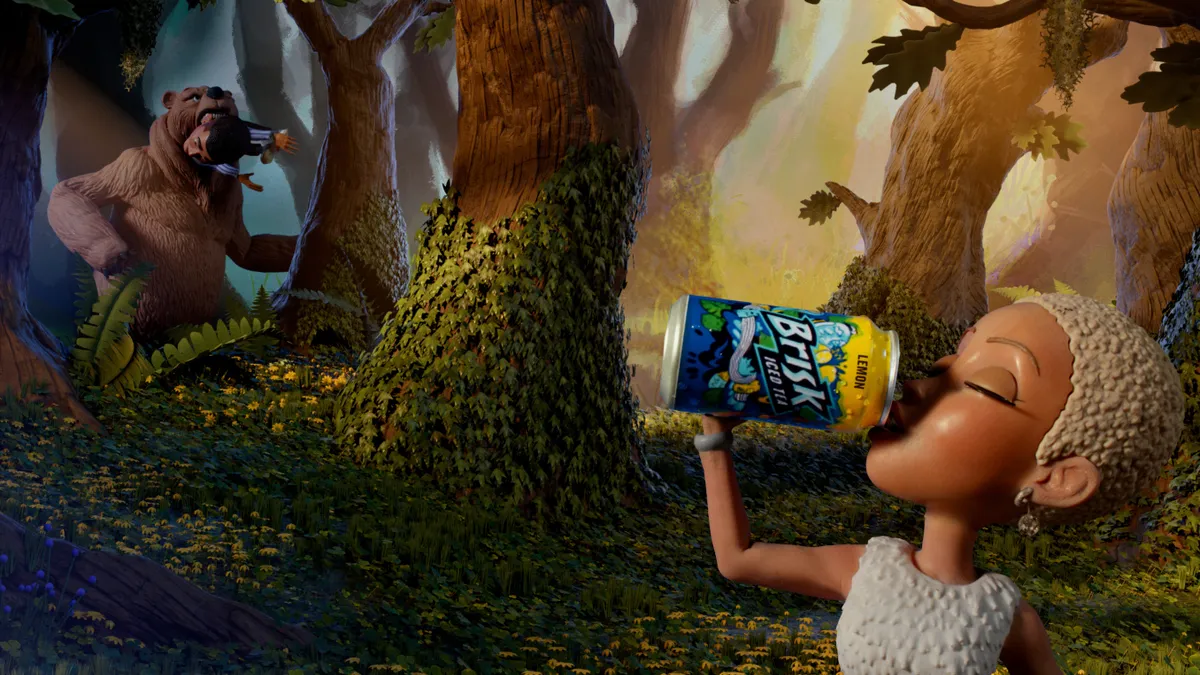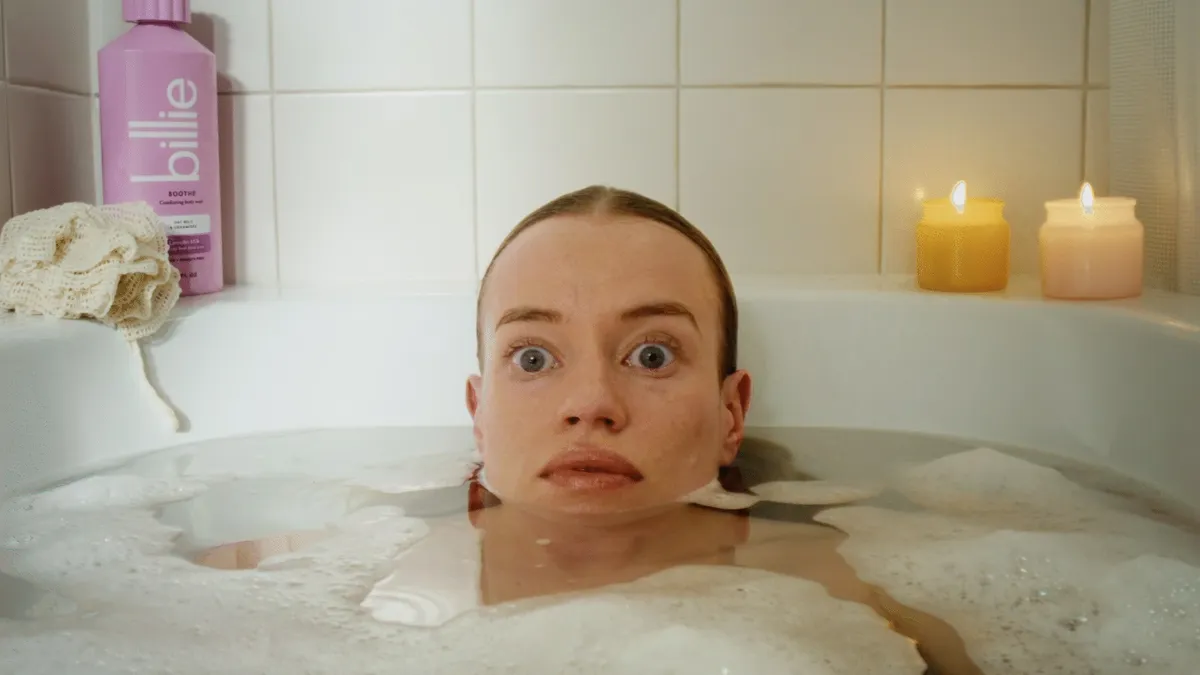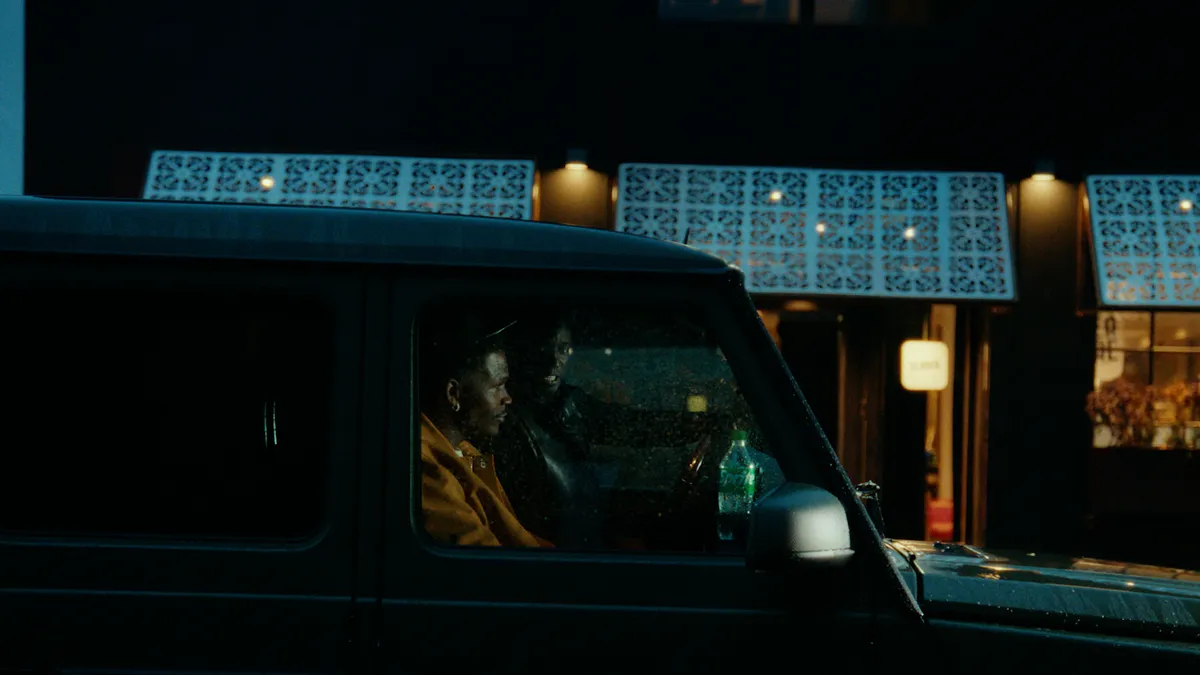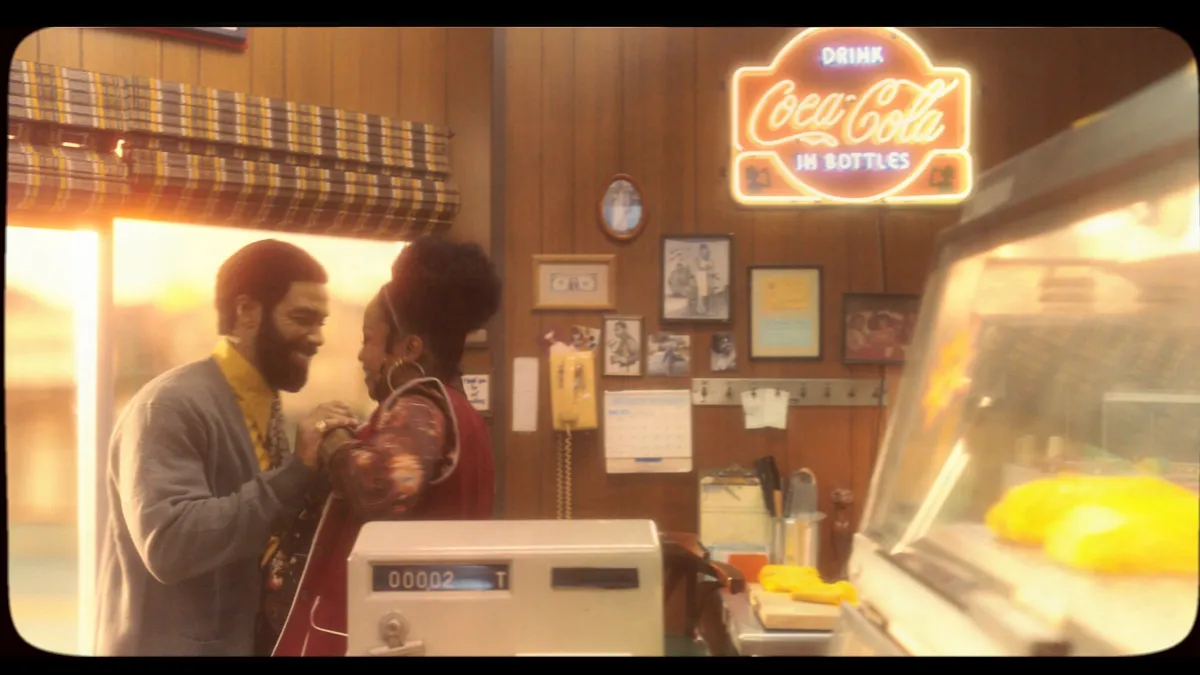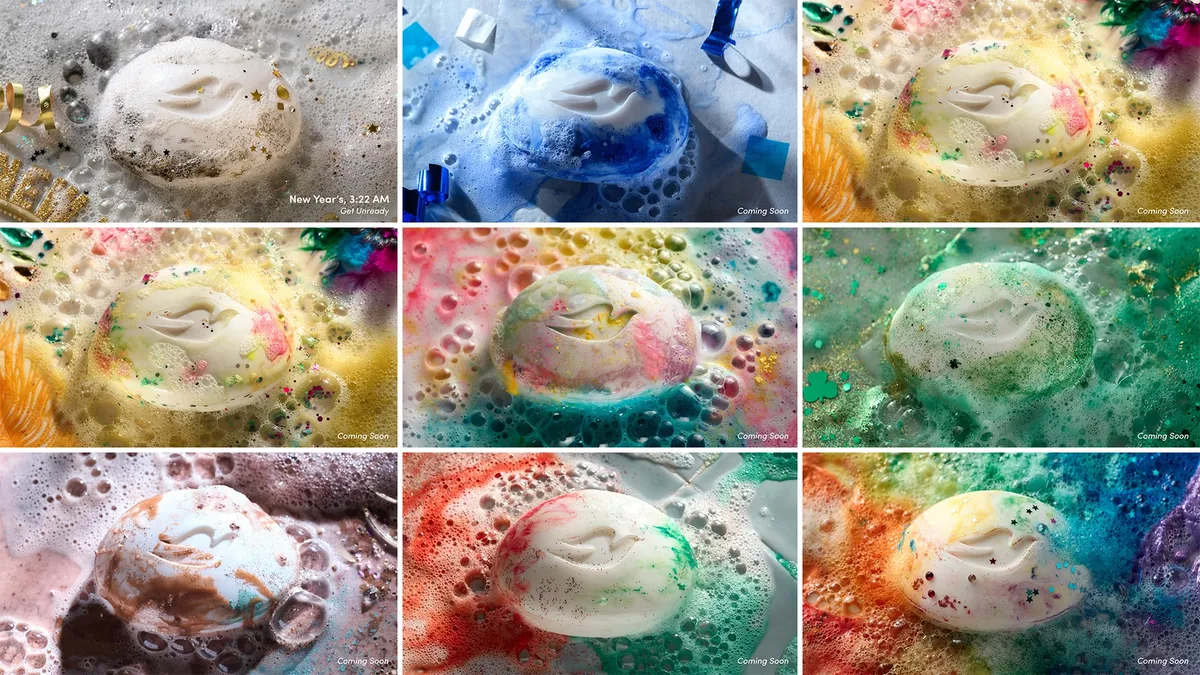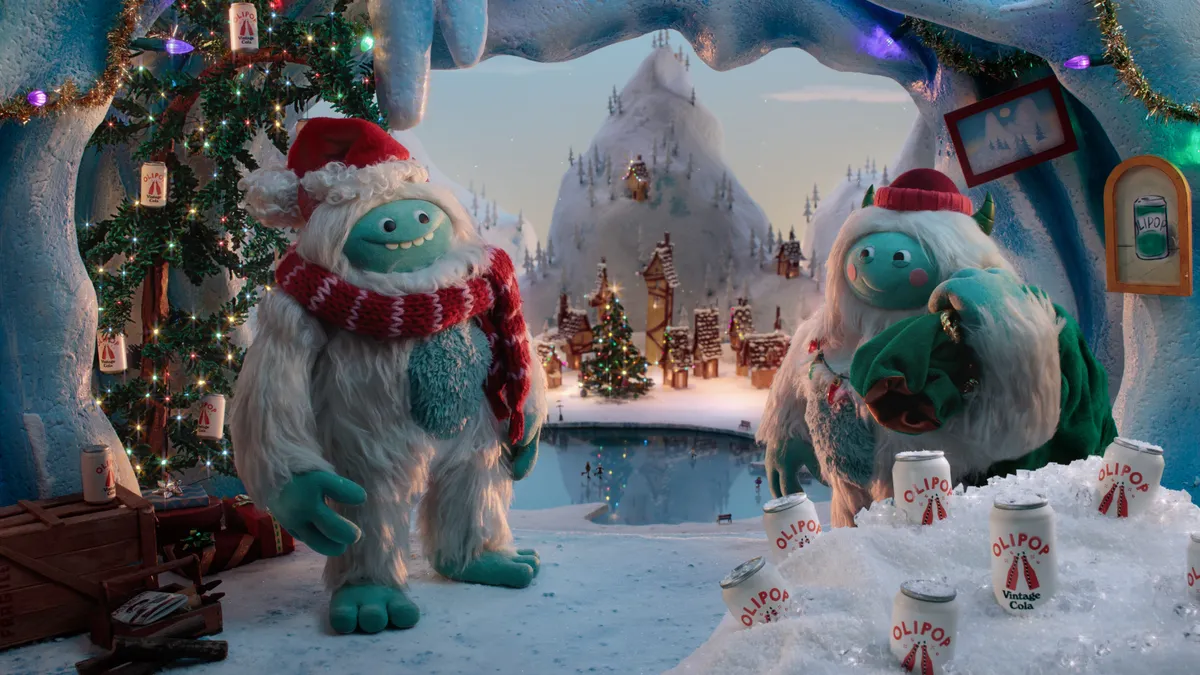Campaign Trail is our analysis of some of the best new creative efforts from the marketing world. View past columns in the archives here.
At the turn of the millennium, Brisk Iced Tea made some of the most memorable ads of the era by bringing to life famous faces — including the likes of Elvis, Frank Sinatra and even Rocky Balboa — not through computer-generated imagery (this was long before deepfakes), but with the use of claymation puppetry.
The brand, managed as part of a joint venture founded in 1991 between PepsiCo and Unilever, had a lot of fun with its puppets in ads that used Brisk to bring a shock of blue to otherwise black-and-white scenes. The ads were so popular and prevalent that Brisk in 2002 ran a Super Bowl ad that took a meta approach to firing and retiring the pint-sized characters.
After a brief return in 2011 that featured Ozzy Osbourne, Danny Trejo and a Super Bowl spot starring Eminem, the claymation puppets dried out… until this month, when Brisk brought back the classic tactic for a new campaign featuring rap star Doja Cat that looks to celebrate creativity and self-expression.
Launched on Sept. 10, the campaign will run until Dec. 15 on social channels, including TikTok, Meta, Snapchat and YouTube, and streaming across Vevo, Twitch, Roku and more, per the brand. Perhaps surprisingly, Doja is the first woman artist to be rendered in clay for a Brisk campaign.
“This is our biggest launch in over a decade, so we wanted to partner with someone as bold as we are and to drive claymation forward in a fresh new way for a whole new generation,” said Julie Raheja-Perera, general manager and vice president for the Pepsi Lipton Partnership in North America.
A reboot for Gen Z
The original Brisk ads provide fond memories for Gen X and millennial audiences who saw them during their heyday. But as Gen Z increasingly becomes the focus of most marketers, the window of nostalgia has crept up from the ‘80s to the ‘90s and now to the Y2K era. Bringing back claymation allows Brisk to reach both groups.
“This style dominated culture and remains one of our most distinctive and memorable campaigns to date,” Raheja-Perera said. “We are reigniting the nostalgia for long time fans, while also engaging a whole new generation. With Gen Z's growing affinity for nostalgia, it really felt like the perfect time to look at this reboot.”
The 20-second cut of "That's Cold" starts with Doja Cat and a friend in an idyllic setting, but once the friend denies Doja's request for a sip of Brisk, the peace is broken in the form of a hungry bear. In a nod to past Brisk ads, Doja's eyes (and aura) turn blue as she raps her song "Demons" and magically brings together a forest Voltron that rescues the can of Brisk — not her former friend — from the bear's attack.
“There’s nostalgia built right into the execution with the claymation, which continues the Brisk legacy, but there's also a new tension built into our campaign with 'That's Cold,’” said Isaac Silverglate, executive creative director at VaynerMedia, in emailed comments. “That tone feels right in line with what Brisk has done in the past, but layers in a tension made to resonate with the audience.”
The new tone present in “That’s Cold” is intended to give generally empathetic Gen Zers an opportunity to set aside their strong moral compasses to prioritize themselves.
“[Gen Zers] tend to look at a wide variety of viewpoints to make sure they're acting justly, but that can be really paralyzing at times,” said Raheja-Perera. “We're giving Gen Z the permission they crave to be a little bit selfish… It's really important to be in tune with how Gen Z thinks about their lives and their world.”
Claymation evolution
The original Brisk ads also came during a cultural high point for claymation as "The Nightmare Before Christmas," "Chicken Run" and "Wallace & Gromit" made their mark on the big screen and the transgressive “Celebrity Deathmatch” lived up to its gruesome title on MTV. Coincidentally, “That’s Cold” director Peter Sluszka was working on the latter when the first Brisk spots aired.
“Suddenly, our own attempts at celebrity caricature and dynamic action were overshadowed by Brisk’s brilliantly executed campaign,” the director told Little Black Book. “For over two decades I’ve wanted to be a part of this creative tradition.”
While claymation maintains its nostalgic appeal, the technique has literally been given a facelift: innovations in 3D printing allow animators to create more precise, nuanced facial expressions, while improved camera and playback technology streamlines workflow throughout the production process, Silverglate said. But claymation remains consistent at its core.
“While the tools have evolved, giving us more creative options, in many ways the technique is still the same,” the agency executive said. “The animal creatures were sculpted in clay or molded and cast in silicone and the animators still posed and photographed each painstaking increment. The beauty of stop-motion is that regardless of how advanced the tools become, human craft is still front and center.”



